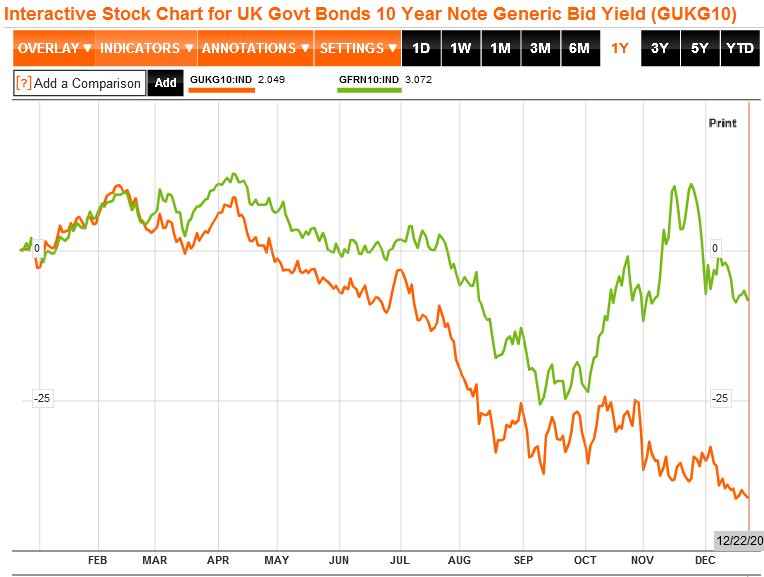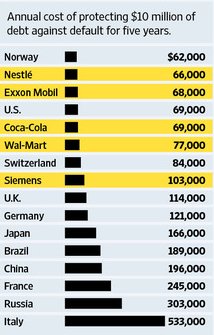Posted: December 18th, 2011 Author: Dan No Comments »
Last week, the Sunday Times used UKCrimeStats data – all of which in it’s raw form is freely available from Police.uk – to run a news feature entitled Austerity crimewave hits Britain. It was subsequently picked up by a number of other papers and radio stations. For obvious reasons, with a new recession probably on the way and public sector cuts just starting to come through, mostly in local government – many people are keen to see if there is any correlation to the overall crime rate or at least acquisitive crime.
Here’s the data in an open office spreadsheet which was always available free to view from our Police section with a small amount of exporting and formula work which I’ve done for you. There are a number of points that need to be made and have not been yet debated;
1. The Weather: According to a piece in today’s Sunday Sun and quoting UKCrimeStats- “POLICE say people in the North are turning to a life of crime to make “ends meet” after Government cuts” by Michael Brown. As you’ll see from the spreadsheet, the comparison is between monthly December 2010 and October 2011 totals. To paraphrase the article “ . . . these show that burglary rates were 55.5% higher in Cleveland in October 2011 compared to December last year, while in Northumberland robberies have apparently rocketed”. But “ Northumberland Police assistant chief constable Jim Campbell rejected any comparison as “nonsensical” and blamed snow for the rise. “December 2010 was a month which saw the most severe weather conditions experienced in the north east for a generation,” he said.“The extreme weather conditions lasted throughout the entire month and undoubtedly suppressed crime levels across the entire force area”.
That would make sense if you were to view Northumbria and Cleveland in isolation. The trouble is that the whole country had bad weather in December 2010, it was a national whiteout.

I do think there is a correlation between bad weather and lower crime and soon we will be overlaying weather data to have a more precise understanding of the correlation. The trouble is, Northumbria’s criticism doesn’t account for other parts of the country – that also had bad weather conditions – showing a marked fall in crime from December 2010. Was there an unknown freak mini-heatwave going on in the areas administered by Gwent Police in Wales and Thames Valley Police which both showed a 19% drop in burglaries? Soon with our weather data, we will be able to look back and know.
2. Month to month comparisons may not be perfect, but they are valid and interesting: I do agree that in the ideal academic world, to smooth out a seasonal variation, one month’s data should only be compared to that of the same month a year earlier. And then truth to tell, I don’t really agree. The Police themselves look at a time series of data, daily, weekly, monthly – with much more temporal granularity. They don’t wait 12 months to find out what’s really going on. Patterns and differences can emerge quite quickly over 43 Police Forces – it only takes 3 data points to see a trend and a fourth to break it, if it even exists. It is nonetheless a reflection of what’s happening on the ground, across the country between two different time points. If the 43 Police Forces would like to release another 12 months of historical data prior to December 2010, we would be more than happy to upload it to UKCrimeStats.
3. The data should decide the headline, not the other way round: if you look at Cleveland’s page on our site, perhaps the most interesting question is not so much the jump between December 2010 and October 11 which was 55%.
It’s much more about the jump from Dec to January where it has remained remarkably flat – irrespective of the weather. I wonder what it was for November 2010? Media stories about rising crime may pique everyone’s interest more easily, but we should be equally fascinated in learning where and why it has fallen in other areas at the same time. There’s a story there too. Were those Forces pursuing different policies or is it something completely unrelated? As you’ll see from our spreadsheet there is a far from uniform pattern of seasonal variation.
4. The days of the Home Office and Police Forces presenting crime statistics on their own terms with the best possible spin are (nearly) over: the crime data is out there available for everyone to see – it’s unrealistic to expect everyone to interpret it the way you’d like them to. Anyone looking at this site is free to draw their own conclusions based on what range of data they select. We have no control over that.
But let’s be clear – I have great admiration for the Police. Theirs is a very difficult job, damned for being too soft or too hard in a very political environment when most of them probably joined up thinking they were going to just fight crime – not ingratiate themselves with or go up against pressure groups and politicians. And as I have said here before, I reject entirely the idea that crime or the lack of it is 100% linked to Police effectiveness (although if you read Cost of the Cops by Policy Exchange, there’s obviously much room for improvement). We are a post-religious society, broken in parts that is trying to find a new balance between freedom and responsibility. So I do support the idea of elected Police Commissioners. Not because this may lead necessarily to better policing policies that reduce crime although it probably will in the long run. Moreso because I sense that it is a far better method of getting more of the public to engage with the issues, restore faith in Law and Order and develop a sense for what is achievable and what is not.



